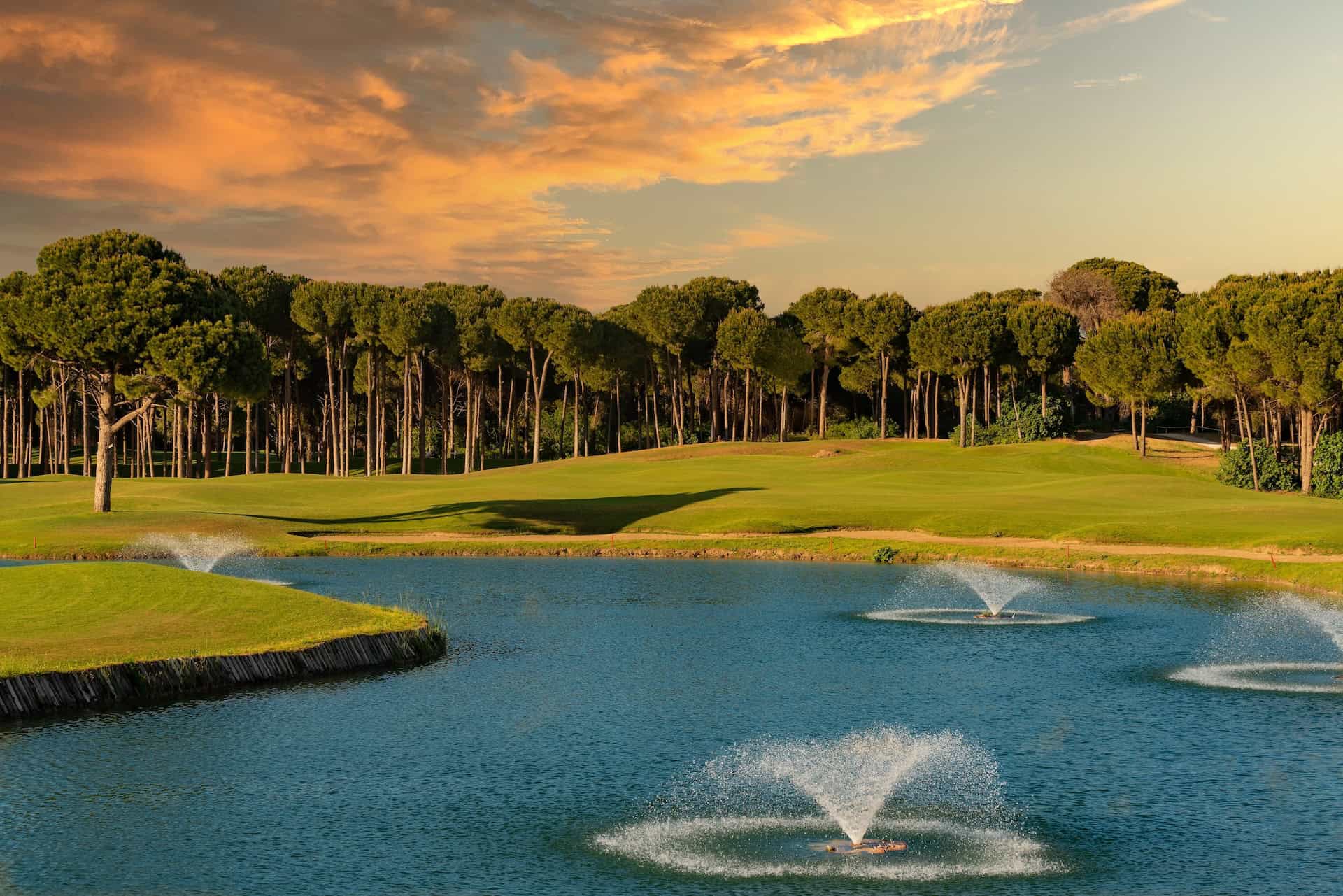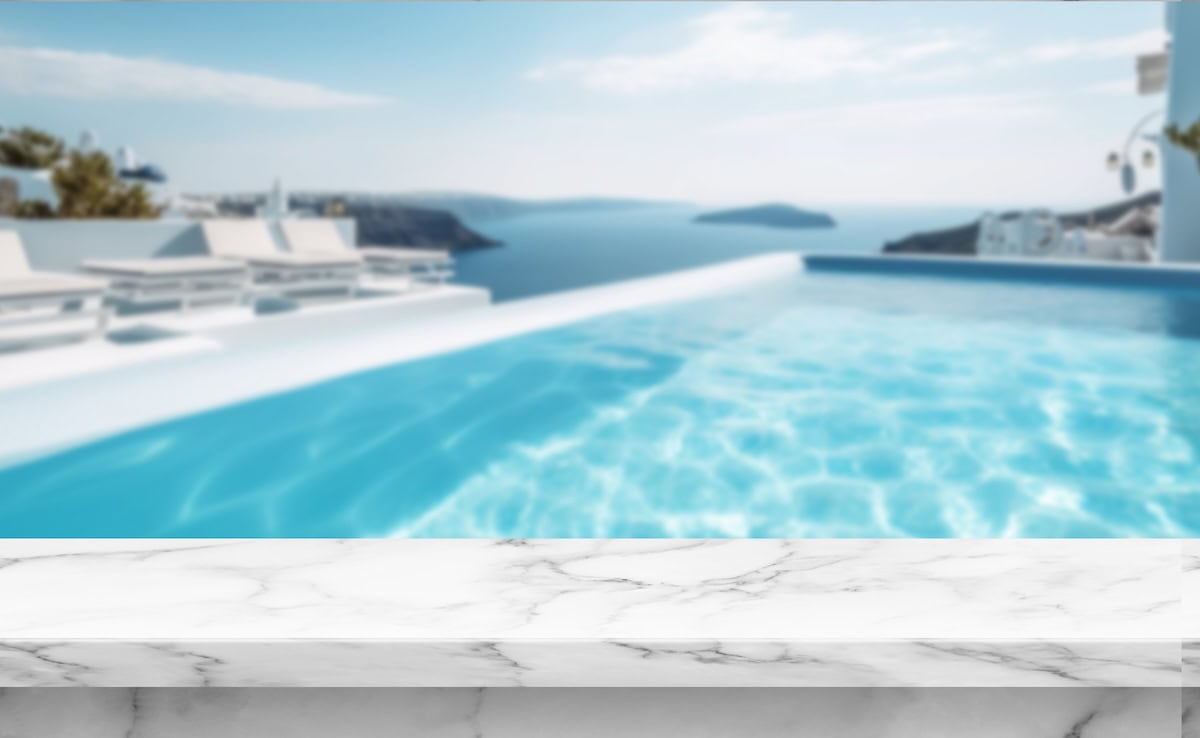Considerations for Modern Fountain Designs
Water features transform spaces in ways that few other design elements can match. The gentle sound of flowing water masks urban noise, while the visual movement creates focal points that draw people together. Across the Middle East, modern fountain design has gained momentum in both commercial and residential levels, reflecting just how much value they can add to a property.
Selecting the right fountain factors in more than just aesthetics. The water feature must also match its environment and serve a purpose – a corporate entrance fountain serves different goals than a residential garden feature – and understanding these distinctions helps ensure your investment delivers lasting impact.
Evolution of Modern Fountain Design
Today’s fountain design landscape has moved far beyond traditional tiered structures and classical statuary. Contemporary water features embrace innovative materials and smart technology that adapts and adjusts on the fly. Think programmable LED lighting that shifts with the time of day, or sensors that adjust water flow based on wind conditions.
Regional influences shape these modern concepts significantly in the Middle East. Designers increasingly incorporate geometric patterns inspired by Islamic art, while materials like local stone and copper mimic the natural patinas found in the desert. The results are fountain designs for gardens and commercial spaces that feel both contemporary and culturally grounded.
Fountains for Commercial Spaces
Large office towers benefit from impressive entrance fountains that establish an identity before visitors even enter the building. These installations need to balance visual impressiveness with practical concerns such as operation and maintenance costs, which is not always an easy task.
Shopping malls and plazas often feature interactive water features that serve dual purposes as entertainment and cooling elements. Consider how children naturally gravitate toward water features, creating social gathering points that also increase dwell time.
Musical and choreographed fountains create spectacular entertainment, though they require significant technical infrastructure. The payoff comes in social media shareability and the memorable experiences that drive repeat or prolonged visits. Just remember that high-tech features mean higher maintenance requirements and specialized service needs.
Fountain Design for Hospitality Venues
Resort and hotel water features sometimes determine guest satisfaction more than you might expect. For some, a well-designed fountain creates that “wow” moment upon arrival, while for others that moment comes from fountain integration with a pool and waterway system. The key is always matching the property’s character and remembering that here fountains are meant to enhance, not steal the show.

Golf course water elements are almost in their own category, as they serve multiple functions beyond aesthetics. They enhance play by creating strategic challenges for golfers while also contributing to the water system of the natural wildlife habitat. Smart designers work with course architects to position these features to maximize both visual impact and practical course management benefits.
Restaurant and café fountains create the ambiance that keeps customers lingering over meals and conversations. These installations work best when they complement rather than compete with dining experiences, though larger properties might incorporate a fountain with a drop-off zone or valet service area.
Public Park and Community Fountain Concepts
Municipal projects face unique challenges balancing public enjoyment with practical limitations. Where a set of cooling splash pads and interactive water features provide family entertainment and help foster community, a landmark fountain could instead serve that community as an identity marker that residents take pride in and visitors remember.
Ultimately, budget constraints drive efficient design choices for public installations. For that reason, many municipal fountains were designed to prioritize reliability and easy maintenance over complex features that strain operational budgets. Consider how simple design elements like interesting lighting or unique materials create impact without ongoing technical complexity.
Fountain Design for Gardens and Residential Settings

Private gardens benefit from fountains that integrate seamlessly with existing landscaping rather than competing for attention. As such, scale matters enormously for residential applications, so know your space’s dimensions well. A fountain that looks perfect in a showroom might dominate a small courtyard or disappear in a large garden space.
Water walls and courtyard designs work particularly well in traditional Middle Eastern homes where privacy and cooling effects take priority. Else, larger estates might have a small roundabout with a central water feature to greet guests upon arrival.
Consult with Pools & Courts Today
When it comes to designing and building fountains and water features, regardless of the property type, professional contractors bring essential expertise to fountain projects. They can guide from the initial design phase through long-term maintenance planning. They understand local climate challenges, permitting requirements, and the technical details that separate successful installations from expensive mistakes.
Water features can add aesthetic value to nearly any space, and whether you’re envisioning a corporate statement piece or an intimate garden retreat, it’s always worth investing the time into finding the right design. Consult with Pools & Courts to explore what’s possible for your outdoor space and discover the benefits of working with design and build experts.

